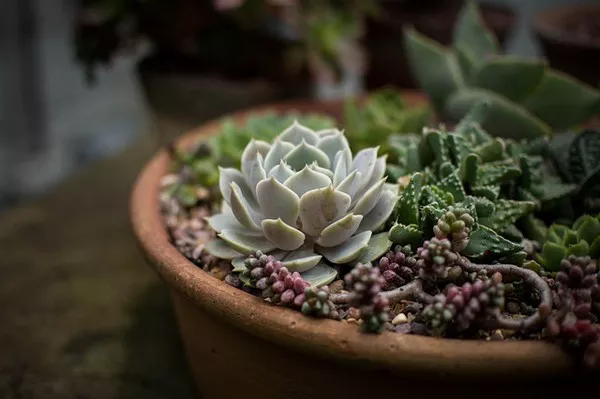Succulents have gained immense popularity as low-maintenance and visually captivating plants. Among the various techniques for propagating succulents, rooting stands out as a rewarding and cost-effective approach. Rooting is the process of cultivating new plants from cuttings or leaves, allowing gardeners to expand their succulent collection without purchasing new plants. In this comprehensive guide, we will explore the step-by-step procedure to root succulents successfully, along with crucial tips and tricks to ensure their healthy growth.
Understanding Succulent Rooting
Rooting is the process by which cuttings or leaves develop new roots to establish themselves as individual plants. Succulents, with their incredible ability to store water, possess unique adaptations that aid in rooting. To embark on this propagation journey, choose a healthy and mature succulent plant as your parent plant.
Selecting the Right Succulent
The first step to successful rooting is selecting the right succulent. Choose a healthy plant that has no signs of disease, pest infestation, or damage. Select a cutting with a stem that is at least 3 inches long, allowing sufficient space for root development. For leaf propagation, choose a plump and healthy leaf, making sure it is fully intact.
Preparing the Cuttings or Leaves
For stem cuttings, use a clean, sharp knife or scissors to make a clean cut just below a leaf node. Leaf propagation requires a gentle twist or cutting at the base of the leaf, ensuring it remains intact. Leave the cuttings or leaves to dry for a day or two until calluses form at the cut ends. Callusing prevents rot and encourages the development of healthy roots.
Choosing the Right Potting Mix
The choice of potting mix is vital for the successful rooting of succulents. Opt for a well-draining mix specifically designed for cacti and succulents. A blend of potting soil, coarse sand, and perlite or pumice will provide the perfect balance of moisture retention and aeration. Avoid using regular garden soil, as it may hold too much water and lead to root rot.
Planting the Cuttings or Leaves
Once the cuttings or leaves have developed calluses, it’s time to plant them. Fill a small, shallow container with the prepared potting mix. For stem cuttings, insert the cut end about an inch into the soil, ensuring that the leaf nodes are covered. When propagating leaves, gently press the cut end into the soil, allowing the rest of the leaf to remain above the surface. Plant multiple cuttings or leaves in the same container, but leave enough space between them to avoid overcrowding.
Providing the Right Environment
Succulents thrive in bright, indirect light, making it essential to provide the right environment for rooting. Place the container in a well-lit area, such as a windowsill with filtered sunlight. Avoid direct sunlight, as it may scorch the tender cuttings. Maintaining a consistent temperature between 70°F to 80°F (21°C to 27°C) is ideal for promoting root growth.
Watering Wisely
During the rooting process, it’s crucial to strike a balance with watering. Overwatering can lead to rot, while underwatering can hinder root development. Water the cuttings or leaves sparingly, only when the soil is dry to the touch. Mist the soil lightly to maintain some moisture, but be cautious not to drench it. A spray bottle or bottom watering method can help control the amount of water supplied.
Patience and Observation
Rooting succulents require patience as the process can take several weeks to months, depending on the species and environmental conditions. Regularly observe the cuttings or leaves for signs of progress. Once rooted, the cuttings will exhibit new growth or resist a gentle tug, while leaves will develop tiny plantlets at the base. Avoid disturbing the developing roots and plantlets.
Transplanting Rooted Succulents
Once the cuttings have successfully rooted, and the new plants have grown to a suitable size, it’s time to transplant them into individual pots. Choose containers that allow for growth and provide adequate drainage. Use the same well-draining potting mix as before and gently transfer the rooted cuttings or plantlets into their new homes.
Caring for Rooted Succulents
After transplanting, continue to care for your rooted succulents with love and attention. Place them in a sunny location with proper airflow. Water the plants only when the soil is completely dry and avoid leaving them in standing water. Fertilize sparingly with a diluted succulent or cactus fertilizer during the growing season.
Conclusion
Rooting succulents is a rewarding and cost-effective way to expand your collection and share your love for these captivating plants. By understanding the rooting process and providing the right environment, you can ensure the successful growth of healthy succulent cuttings and leaves. Patience and care are key as you embark on this propagation journey, and soon enough, you’ll be delighted by the sight of new roots and vibrant succulent plantlets that bear testimony to your green thumbs. Happy succulent rooting!


